Production performance of selected shrimp offspring recorded for three years
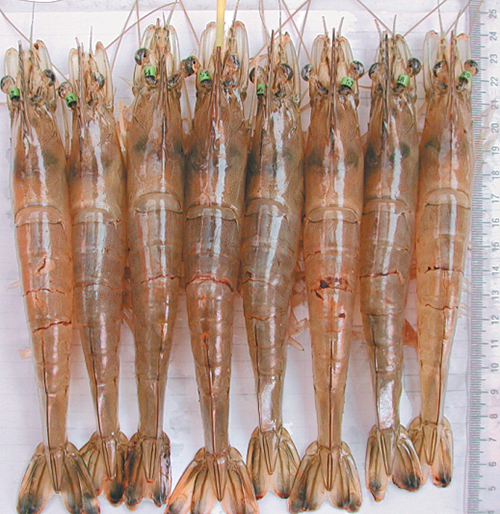
The fleshy prawn (Fenneropenaeus chinensis) played a very important role in China’s shrimp-farming industry during the 1980s, but the industry has suffered severe losses to an epidemic of White Spot Syndrome Virus (WSSV) since 1993. Total farm production has increased in the last three years, although F. chinensis still suffer heavily from this epidemic.
Hatcheries use significant numbers of wild broodstock to produce increasing numbers of postlarvae (PL) to compensate for high mortality rates at farms, and as a consequence, natural populations of F. chinensis are being overexploited. Ongoing studies are working on producing genetically improved stocks of F. chinensis with strong disease resistance, which could significantly contribute to the sustainable development of China’s shrimp-farming industry.
Study setup
In a study by the authors, animals for the founder population were captured near Weihai in Shandong Province in 1998. Two hundred thirty spawners were used to produce postlarvae, which were distributed into 14 outdoor ponds located in an area heavily infected with WSSV. Shrimp in all the ponds were infected by WSSV, and only a few shrimp in one pond survived the challenge.
After the mating season, over 200 mated females longer than 14 cm body length were selected as spawners (Fig. 1). The same selection protocol was carried out during the following four years, and the selection index was estimated to be less than 3 percent. The production performance of the selected shrimp offspring in the outdoor ponds during the first three years was recorded.
Results
WSSV has continued to cause mortality among the selected stock, but survival rates have increased with time. Sustained production has reached 15,000 kilograms per hectare in recent years. Only one of the 14 ponds could be harvested in 1998, with a shrimp survival rate of 10 percent, whereas six ponds were harvested in 2000, with survival rates of 10 to 30 percent. In the same production area during the same period, fewer than 10 percent of the ponds stocked with PL from unselected broodstock could be harvested.
In 2002, a second experiment in four previously infected outdoor ponds demonstrated the superiority of selected shrimp. Their survival rates were 12 to 45 percent, while unselected animals had survival rates of 0 to 0.8 percent.
Oral infection tests
The third and fourth generations were challenged with WSSV by oral infection in indoor tanks. Results showed increased survival rates of 60 percent for the third generation, and 30 percent for the fourth generation of selected stocks. WSSV detected by polymerase chain reaction showed infection rates over 60 percent in both selected and unselected stocks, indicating that the selection protocol increased the disease resistance to WSSV of F. chinensis.
Genetic diversity
To assess the level of inbreeding of the selected stock, three successive generations were analyzed by amplified fragment length polymorphism (AFLP) (Fig. 2). The genetic diversity of these selected populations declined from the first generation (polymorphic loci, 36; heterozygosity, 0.1078) to the third generation (polymorphic loci, 27; heterozygosity, 0.0964).
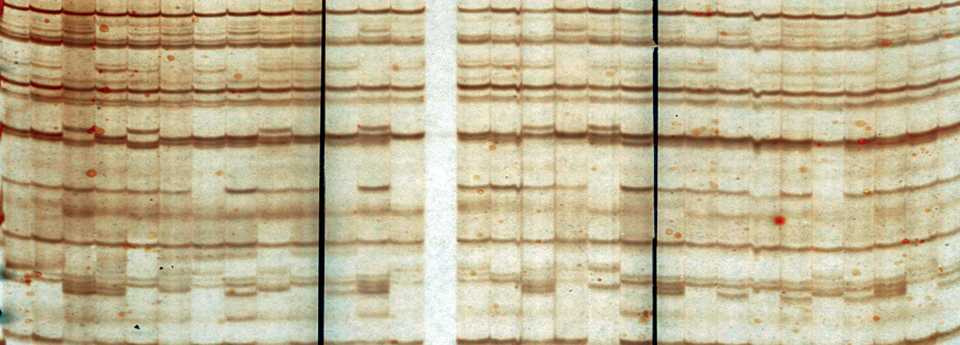
The frequency of some AFLP markers was modified from generation to generation. Some of these markers were cloned and sequenced to test them as disease-sensitive or -resistant markers.
Current research
In 2002, 18 families were set up and candidates were selected on the family level. Differences in survival were observed both between and within families in WSSV challenge tests. Family selection appears to be a promising prospect that could enhance the selection process.
(Editor’s Note: This article was originally published in the April 2003 print edition of the Global Aquaculture Advocate.)
Now that you've reached the end of the article ...
… please consider supporting GSA’s mission to advance responsible seafood practices through education, advocacy and third-party assurances. The Advocate aims to document the evolution of responsible seafood practices and share the expansive knowledge of our vast network of contributors.
By becoming a Global Seafood Alliance member, you’re ensuring that all of the pre-competitive work we do through member benefits, resources and events can continue. Individual membership costs just $50 a year.
Not a GSA member? Join us.
Authors
-
Kong Jie, Ph.D.
Yellow Sea Fisheries Research Institute
Chinese Academy of Fishery Sciences
106 Nanjing Road
Qingdao, Shandong, P. R. China 266071 -
Zhang Qingwen
Yellow Sea Fisheries Research Institute
Chinese Academy of Fishery Sciences
106 Nanjing Road
Qingdao, Shandong, P. R. China 266071 -
Liu Ping
Yellow Sea Fisheries Research Institute
Chinese Academy of Fishery Sciences
106 Nanjing Road
Qingdao, Shandong, P. R. China 266071 -
Yue Zhiqin
Yellow Sea Fisheries Research Institute
Chinese Academy of Fishery Sciences
106 Nanjing Road
Qingdao, Shandong, P. R. China 266071 -
Wang Qingyin
Yellow Sea Fisheries Research Institute
Chinese Academy of Fishery Sciences
106 Nanjing Road
Qingdao, Shandong, P. R. China 266071 -
Xiang Jianhai
Institute of Oceanology
Academia Sinica
Qingdao, Shandong, P. R. China
Tagged With
Related Posts
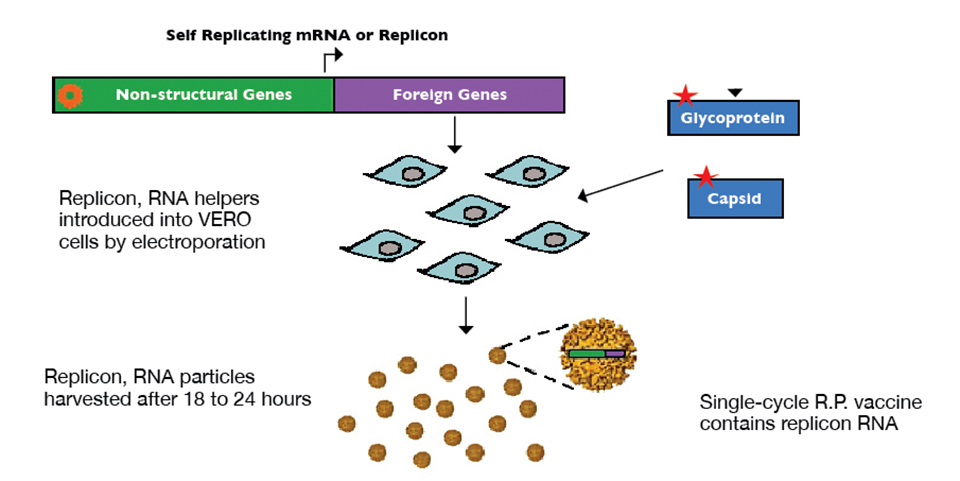
Health & Welfare
Alphavirus replicon particles potential method for WSSV vaccination of white shrimp
A study demonstrated that VP19 and VP28 white spot syndrome virus envelope proteins expressed by replicon particles provided protection against mortality due to WSSV in shrimp.

Health & Welfare
A comprehensive look at the Proficiency Test for farmed shrimp
The University of Arizona Aquaculture Pathology Laboratory has carried out the Proficiency Test (PT) since 2005, with 300-plus diagnostic laboratories participating while improving their capabilities in the diagnosis of several shrimp pathogens.
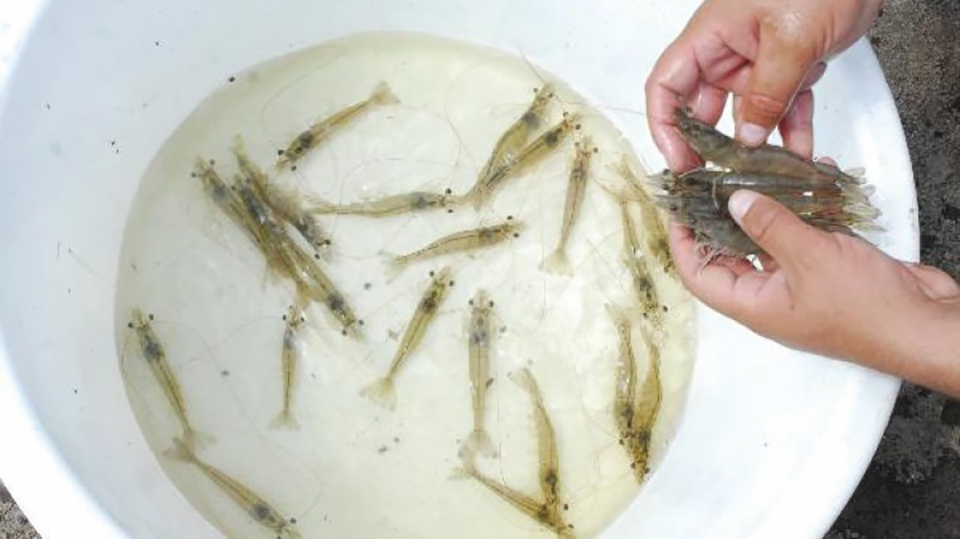
Health & Welfare
A study of Zoea-2 Syndrome in hatcheries in India, part 1
Indian shrimp hatcheries have experienced larval mortality in the zoea-2 stage, with molt deterioration and resulting in heavy mortality. Authors investigated the problem holistically.
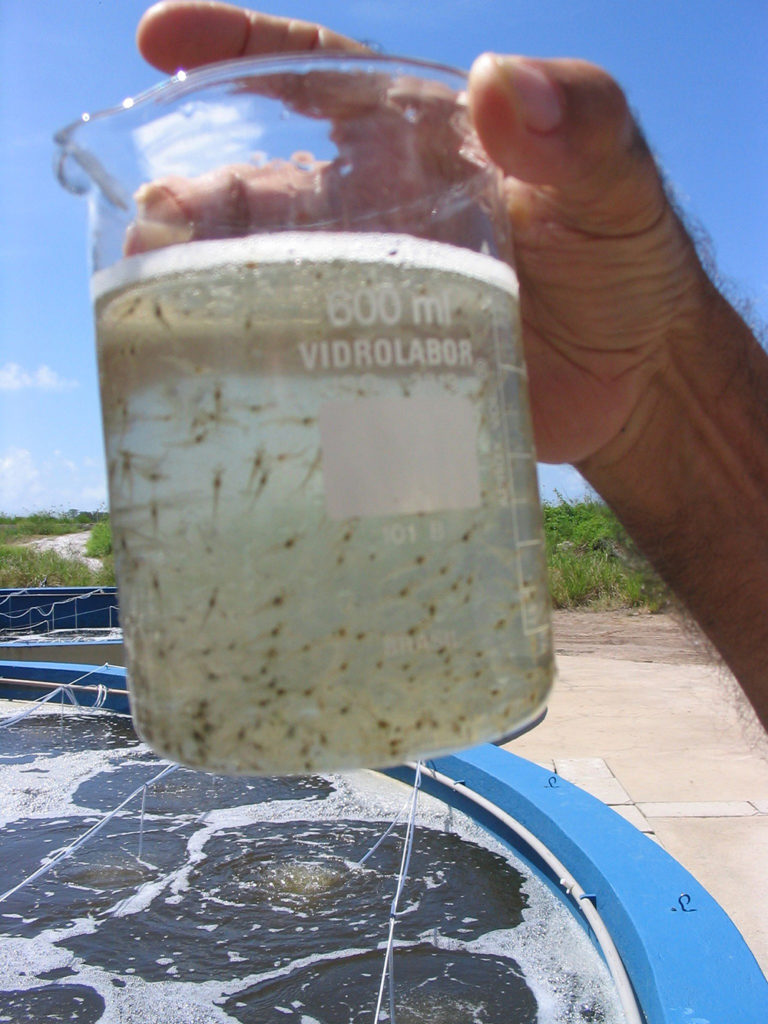
Health & Welfare
A study of Zoea-2 Syndrome in hatcheries in India, part 2
Indian shrimp hatcheries have experienced larval mortality in the zoea-2 stage, with molt deterioration and resulting in heavy mortality. Authors considered biotic and abiotic factors. Part 2 describes results of their study.


